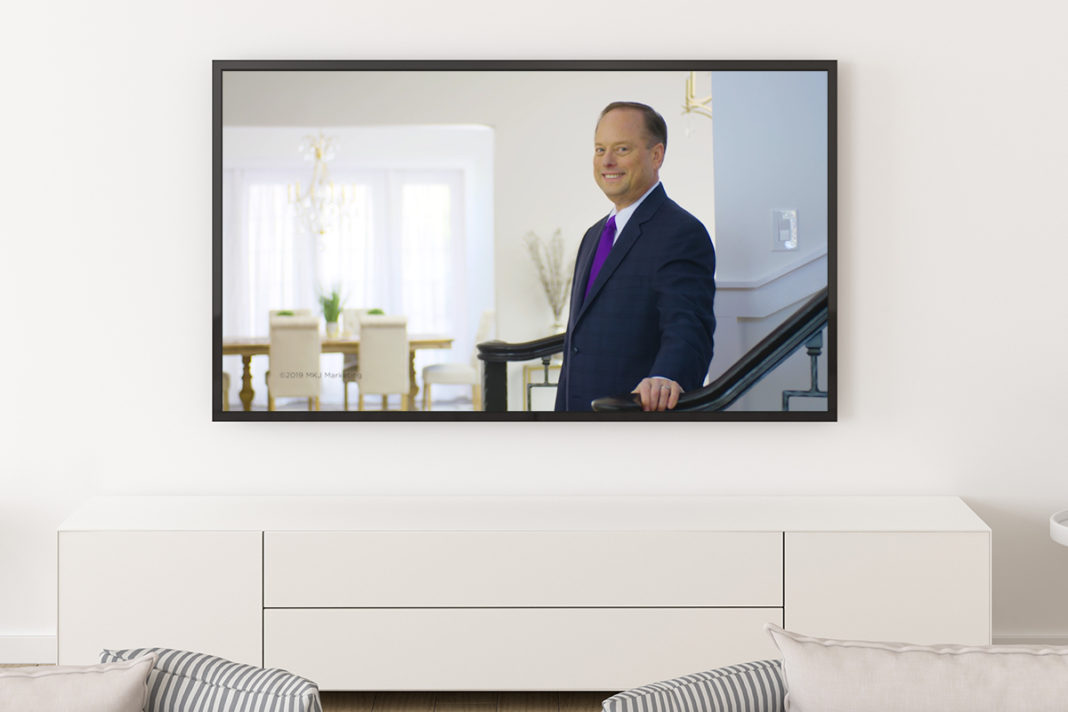By Leader Contributor Glenn Gould, CEO of MKJ Marketing
Based upon research studies conducted by MKJ Marketing over four decades, 80% of consumers consider all funeral homes to be the same.
Why? How can 15,000 independent and corporate funeral facilities be so similar that 80% of consumers cannot differentiate one from the other?
Having visited thousands of funeral facilities and interacting with hundreds and hundreds of owner families and corporate managers, we at MKJ know there is a significant difference between funeral homes. In fact, the differences are so great, it’s sometimes difficult to grasp how they are operating the same business model. So, why doesn’t the consumer see the difference?
Most advertising, whether digital or traditional, effectively communicates the funeral business basics. Most of the industry uses websites from only three different providers. Because the sites are free — or nearly free — to the funeral home, they focus more on selling caskets and flowers with little or no focus on the individuality of the funeral business.
The same applies to television advertising created by local cable and broadcast companies. The owner delivers a generic script while walking through the funeral facility, punctuating all of the obvious features, such as:
- A large parking lot
- A front door with a foyer
- A chapel
- Arrangement rooms
- Licensed funeral directors
- Caskets and urns
- Vehicles
All of these features are very important to the owner, but they are assumed by the public. Because what the public sees from corporate and family funeral homes is the same, the consumer can only derive one conclusion: that it’s a funeral home, just like all the other funeral homes … and there’s no difference.
In many ways, this form of advertising actually makes the discounters’ case for them, as all of these elements are present at any licensed facility. If they’re all the same, why pay more than necessary?
The advertising objective should focus on features that make the firm different. Look at your business as the consumer would: “If I’m paying a premium price, I should be receiving a premium service.” What are you delivering that makes it worth the premium price?
The answer to this question should be the basis of staff training. They should be able to verbalize how your firm is better without hesitation, which in turn, will prepare you and your staff to consistently present a quality message to consumers when discussing price and services.
Leading funeral homes advertise the difference in their services and facilities in terms that communicate value. For example, a crematory, particularly an on-site crematory, communicates a high standard of service because the deceased never leaves the firm’s care. A private crematory is another step higher as it communicates that the firm’s priority is exclusive service to families that select their firm.
Another special service is a private breakfast served at the funeral home for immediate family and selected friends. It’s convenient, but more than that, it provides a time for sharing, which is the fundamental purpose of a funeral.
Step two: develop a script for you and your staff when discussing services with shoppers. Every major funeral business nationally positions its services as superior and unique. SCI’s premium facilities present their “signature service” packages.
Krause Funeral Homes in Milwaukee present their beautiful reception facilities, grief dog, and on-site crematory, as do Moloney Family Funeral Homes on Long Island. Their services are different from other funeral homes, and it’s important they are presented and explained.
Most funeral business offer, or could offer, the following services without additional charges:
- Abundant parking, which is critically important to many families
- Personal concierge manager at their disposal
- Private use of the entire facility or specified rooms within the facility
- Private crematory
- Larger reception rooms with “meals to go” COVID service.
- Private breakfast at the funeral home for the family and selected guests
- A childcare room to entertain children during visitations and chapel services
- On-call grief services counselor
- Home security, a staff member will patrol the family’s neighborhood during service hours
- Photos of floral gifts for the family’s convenience when sending thank you notes
None of the above services incur a significant expense but are meaningful to families and represent quality services family members will remember when selecting a funeral home in the future.
Telephone Skills
Telephone skills at many, if not most, funeral homes are lacking. Surprisingly, many firms answer the phone with a simple, “hello,” leaving the caller to wonder if they misdialed. Training programs on telephone skills are readily available, without the expense of bringing a trainer to your facility or sending your staff members to the trainer. This is the digital age. Digital training, delivered individually at the trainee’s pace, using proven learning management system (LMS) techniques has been proven to be as much as 60% more effective than a live presenter. That’s why we started our own online training platform, Advance U, which was specifically created for deathcare professionals and offers courses that all funeral home staff can use and learn from.
Talking Value with Price Shoppers
In brief, the industry refers to anyone calling for information as a price shopper, as if the price is the consumers’ only priority. Certainly, price is the only priority for some families, but many people, particularly adults in their 40s or even 50s, have never arranged a funeral and some have never attended a funeral, so there are people who really want general information. Also, many families have relocated to areas where they are not familiar with local funeral homes, so they visit websites and follow up with phone calls. This is the perfect opportunity to win a new family.
The primary objective when taking an inquiry phone call is to answer questions, but don’t be specific until you know exactly what the family wants. If the caller asks what a funeral costs, the appropriate answer is a range until you determine their priorities.
Your inclination will be to ask the caller questions and there will be a time for that. But first, you want to encourage the caller to share information about their family and the deceased. Never ask a “why not” question when discussing services; it will put them on the defensive and shut down communication. Instead, we want to make comments that build on theirs.
Then, you can begin the process of providing specific information, such as the appropriate venue for their service or perhaps an outdoor service. You can suggest food service, such as hors d’oeuvres and desserts, along with drink service. Based upon the desired services, a particular officiant or funeral director can be recommended for the event.
Merchandising Your Facility
On average, a family requires funeral home services every eight years. Often, a family will suffer two or more deaths in quick succession, which means it can be a lot longer before funeral services are required again. Funeral home service offerings have changed so much in recent years, most consumers really have no idea what options are available.
Large-volume funeral homes communicate their services through media advertising; small-volume firms need the same advertising but simply cannot afford the high cost of advertising media. So how do they educate families?
Digital advertising options are available to every business, including low-cost options such as websites and social media. Neither of these is free, but the cost is well below that of traditional media such as newspaper, television, and direct mail.
The most effective advertising takes place in the funeral home. When families come to make arrangements, they should see services graphically presented on posters, including dove or butterfly releases, outside services, and food services. Arrangement room posters are effective because they generate questions and discussions among family members. Most funeral directors are uncomfortable making recommendations but are very competent at answering questions and explaining services.
In Summary
Increasingly, many markets offer the two extremes in funeral service: a full-service option and discount options. To be fair, many low-cost firms should have lower prices; their staff, facility, and services fail to measure up to the higher-priced options. Unfortunately, many full-service firms with full-service pricing fail to effectively communicate the difference between the two.
This failure will prove disastrous following the pandemic as families make funeral home decisions not based upon family traditions but the hurried disposal of COVID victims.








